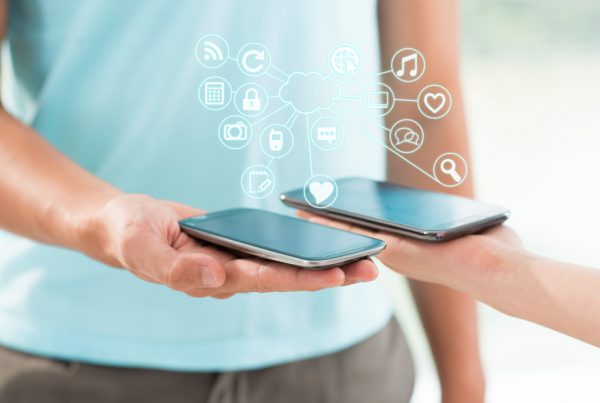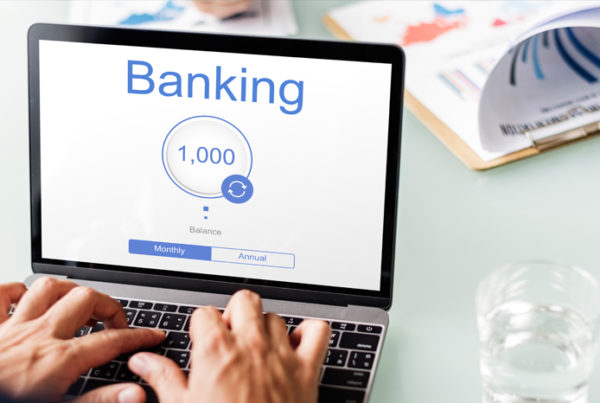The world is experiencing one of the biggest refugee and displacement crises in its history. According to United Nations High Commissioner for Refugees (UNHCR), the number of displaced people is at its highest ever, exceeding even post-world war II numbers. An unprecedented 65.3 million people around the world have been forcibly displaced from their home. Among them are nearly 21.3 million refugees, over half of whom are under the age of 181. In fact, if all globally displaced people form a country, it would be bigger than the United Kingdom and France.
 Source: UNHCR
Source: UNHCR
Millions are fleeing from countries impacted by war, conflict, discrimination and poverty in search of a better life. However, even after relocating to more secure and stable regions, the refugees still have to face poverty and multiple hardships. Moreover, the influx of refugees into the host country is impacting economy and political stability of the host country, which only serves to alienate the refugees even further.
Concerned about the seriousness of the issue, the world leaders convened on September 19, 2016 to address challenges related to large movements of refugees and migrants, immediately prior to the general debate of the 71st session of UN General Assembly (UNGA). The meeting resulted in the adoption of New York Declaration for Refugees and Migrants, which expressed the political will of world leaders to protect the rights of refugees and migrants2. On the ground-level this translates into providing aid and support to the refugees and migrants, enabling them to fight poverty, hunger and insecurity. It also extends to economically empowering refugees and migrants so that they can send children to school, secure a job or do business and live a dignified life.
Till now the focus has been in meeting basic needs like food and the aid is mostly in-kind such as sacks of flour and rice. Almost three-fourth of the assistance given by World Food Program (WFP) is in-kind3. However, in recent years there has been a shift from food aid to cash aid. With limited banking infrastructure and complexities involved in opening and operating a bank account, mobile money has emerged as an apt channel to disburse cash aid directly to refugees and migrants. With 271 mobile money services in 93 countries and agent network much greater than the banking and ATM network, mobile money is the most viable financial inclusion and cash transfer medium for refugees and migrant.
The concept of transferring cash directly to refugee’s mobile money account rather than providing food supply has multiple advantages. Firstly, cash aid offers freedom of choice allowing a family to decide on which food item to buy. In case of food aid, the aid recipients mostly complain about the quantity and quality of food. With cash aid, they have control over food choice and expenditure, which allows them to balance food quality and quantity and get proper nutrition. Cash aid also provides choice to refugees to spend all of the aid money at once, or save it in the form of mobile money on their phone for future needs. Secondly, as cash aid is in digital format, it is secure and cannot be stolen. On the other hand, aid in-kind is prone to theft as many refugee camps or colonies are not safe. Moreover, cash aid is distributed equally to all refugees. There are no queues and the entire process is instant and convenient. In case of food aid, refugees often quarrel to get more food bags. Digital money also supports nomadic life style of many refugees, who can make payments even when they are on the move. Thirdly, refugees can make payments directly to the shopkeeper using mobile money via a peer to peer transfer. They do not need to covert money from digital format to cash, making the entire process cashless and convenient. Even in case the refugees want to have physical cash, they can cash-out at mobile money agents, which are present in large number in many countries. Lastly, mobile money based cash aid is more transparent and prevents corruption. When aid is distributed in form of food, middlemen are involved, who take their cut or pocket a part of supplies and sell them in open market. From 2003 to 2012, more than half of the $17.9 billion the United States of America spent on food aid went to contractors4. Another drawback of food aid is wastage. Food aid is mostly sourced from donor countries and transported to refugee areas. This process can take days during which food can rot or deteriorate in quality.
Beyond food, cash aid can also be provided for other purposes such as paying school fee for children, providing start-up capital for business and providing financial assistance to build house. This echoes with UN’S aim of generating the feeling of respect, safety and dignity in refugees. From technical stand point, the same mobile wallet can be used for providing cash-aid for different purposes. It is also possible to designate funds for a particular cause, for example, an agency can provide funds which can only be used to buy food at particular shops. This helps to ensure that the aid is used for its intended purpose that is buying food, while ensuring that the customer also has the freedom to decide on which food item he wants to buy.
The benefits of mobile money based cash aid programs are not just on papers. Many mobile money cash aid programs are live and have been running successfully. For example, the World Food Program (WFP) in Cameroon is providing mobile money based cash aid to vulnerable refugees and displaced people, impacted by the Boko Haram insurgency in the region. Cameroon hosts over 190,000 internally displaced persons and 340,000 refugees, from Nigeria and the Central African Republic, who have fled conflict and violence spilling across borders. In 2016, WFP aims to provide assistance to 500,000 internally displaced people and refugees in Cameroon5. WFP cash aid program specially targets single women households and try to bring stability in their lives. Fadi is one such women living for past 2 years in Mora, a Cameroonian city near Nigerian Border. She is the sole care taker of her 10 children as her husband is no longer with the family. Fadi’s house was burned by Boko Haram and she also lost her job. Since then she has been living in Mora. Since May this year, she has been receiving XAF 10,000 FCFA (about US$ 18) every month, sent by WFP through her mobile phone, enabling her to feed her children. Cash aid brings normalcy back in her life, as she can go to local market and buy food of her choice and cook a meal which her children prefer.
Cameroon is not a one off case. In Kenya, WFP is providing financial aid through mobile phones to refugees in Kakuma refugee camp. With the digital cash, refugees can buy food of their choice in local market. Shopkeepers in the camp carry two phones; if a customer doesn’t have their own, they can use it to access their electronic funds6.
The cash aid program also provides business opportunities to refugees. Fatosaleh, a female refugee from Central African Republic, is working with WFP to sell cassava flour in Gado refugee camp in Cameroon. More than 150 people come to her shop daily. In a month, she sells over 14 tons of cassava flour costing 11 million FCFA5. By running her own business, Fatosaleh is able to live a dignified life.
In-kind aid is irreplaceable in some situation such as natural calamities when networks are not available. However for other situations, mobile money based cash aid, with its benefits of efficiency, security and freedom of choice, will rapidly grow as the channel to support and empower displaced people and refugees.
References:
1 https://www.unhcr.org/figures-at-a-glance.html
4 https://news.trust.org/item/20160916162703-20472/
5 https://mastercardcenter.org/action/mobile-money-transforming-financial-inclusion-refugees/






